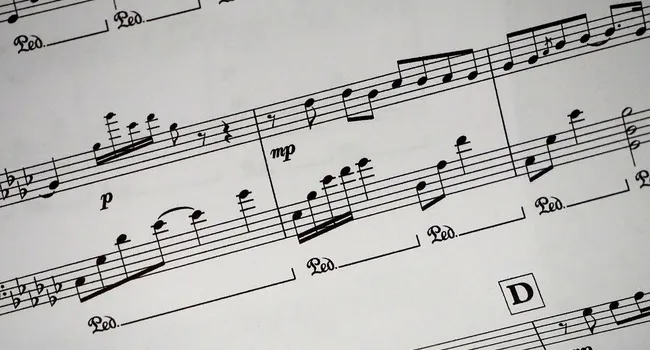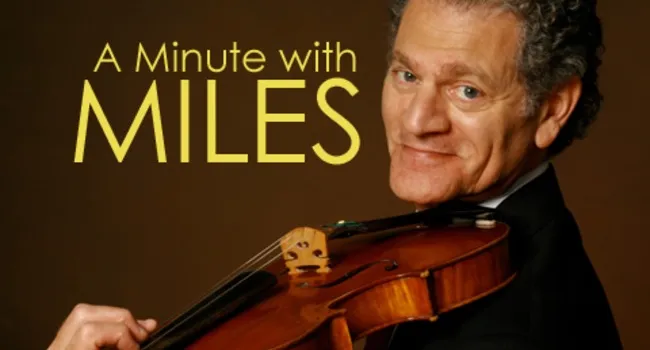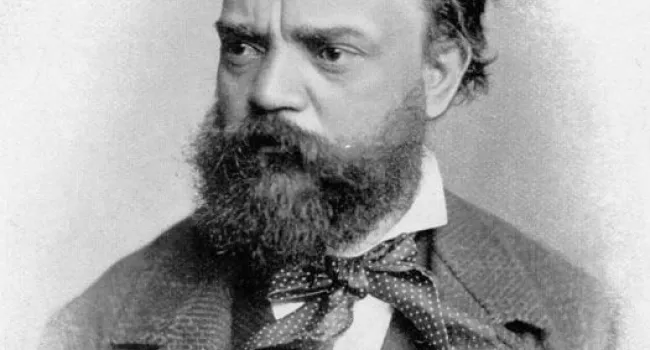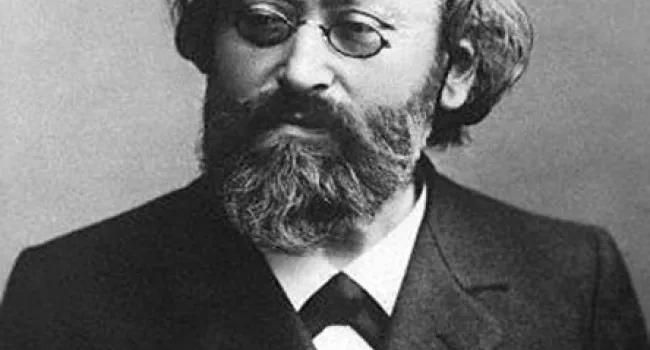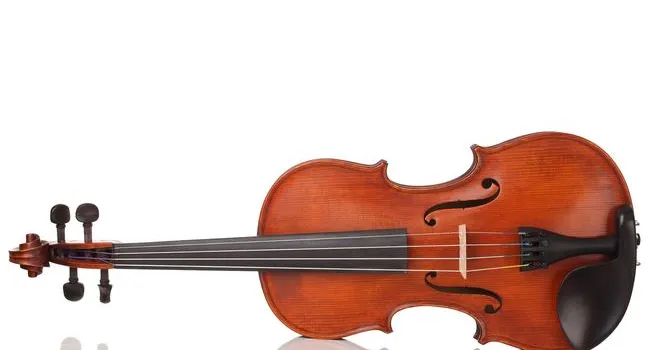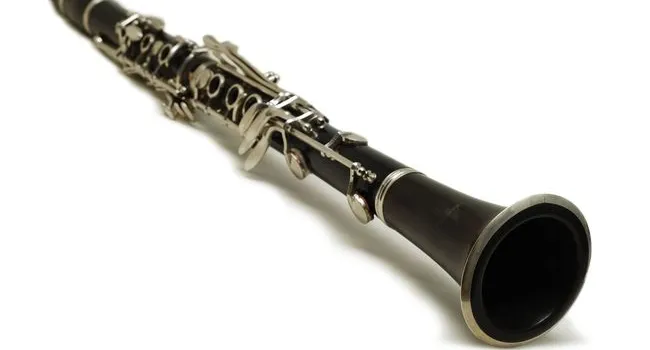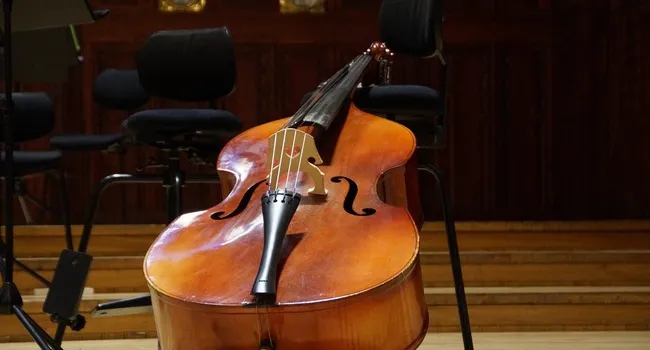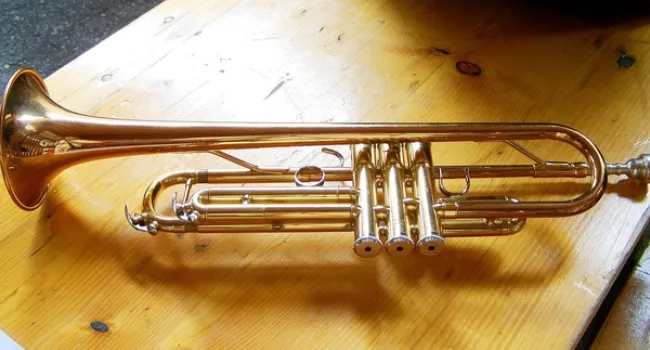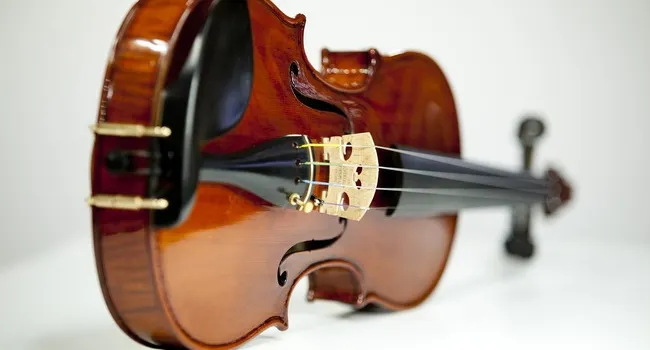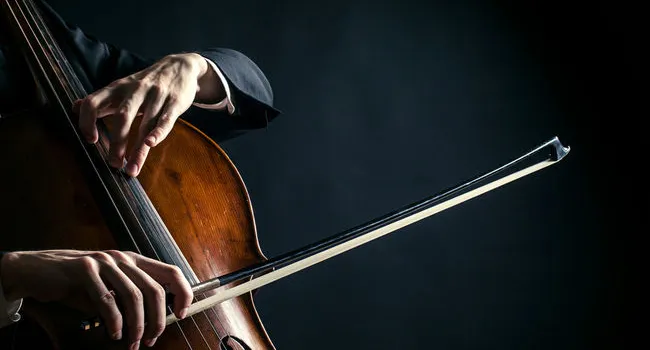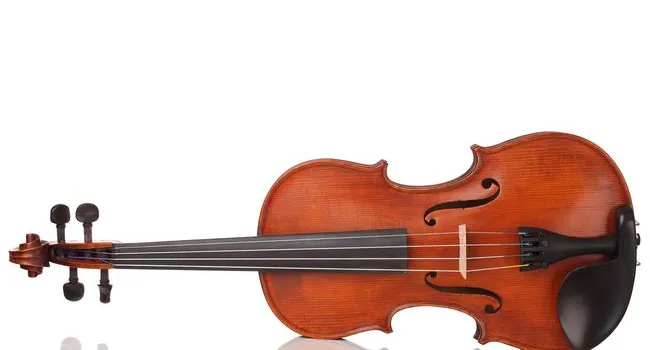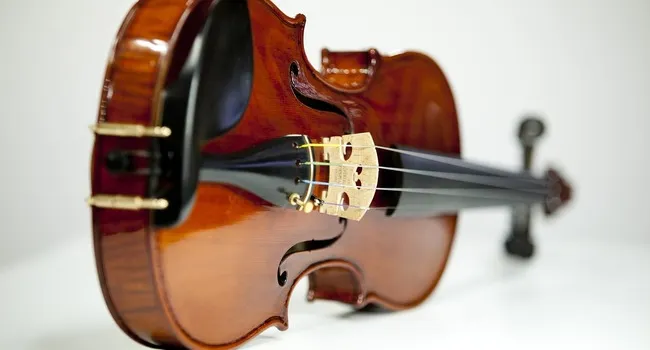The modern oboe most likely originated in France in the 1600's. The word oboe, which is the instrument’s name in both English and Italian, comes from the French name, hautbois, meaning “high wood,” or “loud wood.” Oboes are usually made of African blackwood, which is sometimes called grenadilla.
Grenadilla is native to Tanzania and Mozambique, among other places, and it’s a dense wood, so dense that it doesn’t float. So don’t throw your oboe in the water. The precursor of the oboe was an instrument called the shawm, which had been known in Europe, in various sizes, since the 13th century. But the new French hautbois proved to have a more pleasing sound than the shawm and was easier to play, and it quickly became popular throughout Europe. By 1700 most orchestras included a pair of oboes, and indeed for much of the 18th century oboes were the primary high woodwind instruments of the orchestra.


